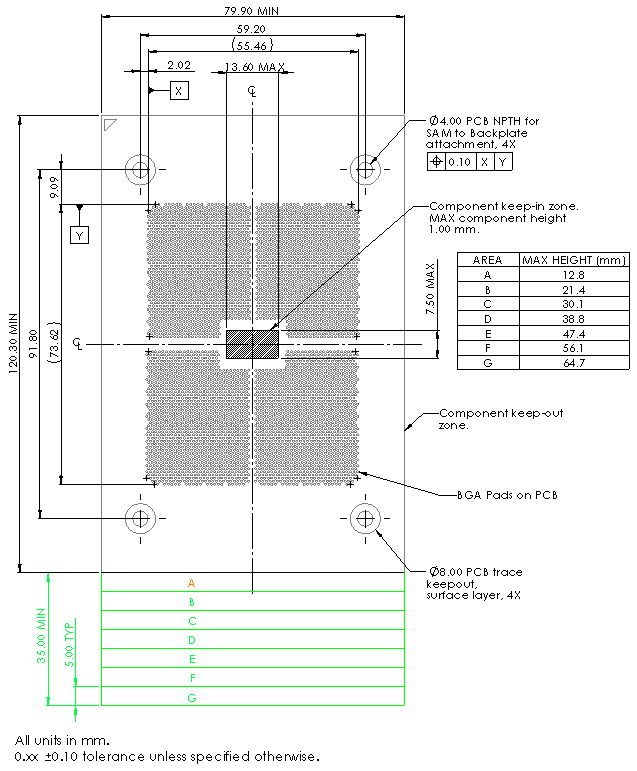AMD has introduced some significant changes to the SP6 socket compared to its predecessors. The SP6 socket (LGA 4844), which was introduced on September 18, 2023, is specially designed for the Epyc 8004 processors of the Siena series, which are based on the Zen 4c architecture. It is aimed at server systems that are geared towards infrastructure and edge computing. The SP6 socket differs from its predecessor, the SP5 socket, mainly in terms of its size and the number of contact pins. While the SP5 socket has a size of 76.0 x 80.0 mm and 6096 contact pins, the SP6 socket now has a size of 58.5 x 75.4 mm (identical to the SP3 socket) and 4844 contact pins.
Differences between Epyc 8004 and Threadripper 7000
These changes are aimed at making the SP6 socket more attractive to segments of the server market where performance is not necessarily a priority, but where cost, value, small form factor and low power consumption are more important. The SP6 socket supports processors with a TDP of up to 225W and is intended for applications in areas such as infrastructure computing and edge computing. It supports 6 channels of ECC DDR5 RAM and 96 lanes of PCIe 5.0.

The AMD Threadripper 7000 family, on the other hand, uses the very similar sTR5 socket. Although this socket is physically identical to the SP6 socket, it is not electrically compatible. This is because the SP6 socket was designed for AMD Epyc 8004 processors from the Siena series, which are based on the Zen 4c architecture and are intended for server systems in the infrastructure and edge computing sector. In contrast, the slightly modified TR5 socket is used for the Threadripper 7000 high-end desktop and workstation processors, which have a different electrical configuration. These differences affect the compatibility of processors and platforms between these two sockets

Interestingly, the SP6, SP5 and SP3 socket processors are not compatible with each other, meaning that AMD has to produce different Epyc Genoa/Turin series for each socket. The SP6 socket offers a more cost-effective alternative to the Genoa and Bergamo server processors of the SP5 platform. In addition to the server applications, the Threadripper 7000 series of high-end desktop and workstation processors using the sTR5 socket was announced on October 19, 2023.
New money for the cooling industry
At the same time, some important details regarding the cooler mounting have also changed, which could make the use of older coolers or mounting kits more difficult under certain circumstances, or could have a negative impact on their cooling performance. The 350 watts of the TR5 are quite a house number and so AMD has increased the contact pressure to very sporty values. The stated 130 lbf corresponds to approximately 578.27 newtons (N), which is significantly more than its predecessors. In addition, the maximum mass of the heatsink is specified as 1050 grams.

Our own initial tests have shown that the older coolers have a “firm” feel, but the cooling performance is not optimal. All cooler manufacturers are required to at least provide other springs and screws (thread stoppers). If you currently want to test such systems (e.g. Threadripper 7000), you should therefore ensure that the cooler or bracket has already been adapted by the manufacturer.

At the end I have a few more drawings for you, although the relevance of these CPUs for the mass market is of course extremely low. But of course the circumstances still need to be mentioned. Otherwise, some people might be surprised at the rather high temperatures.

































35 Antworten
Kommentar
Lade neue Kommentare
Mitglied
1
Veteran
Veteran
1
Veteran
Veteran
Urgestein
Veteran
Urgestein
Veteran
Urgestein
Veteran
Urgestein
Veteran
Veteran
Veteran
Veteran
Alle Kommentare lesen unter igor´sLAB Community →